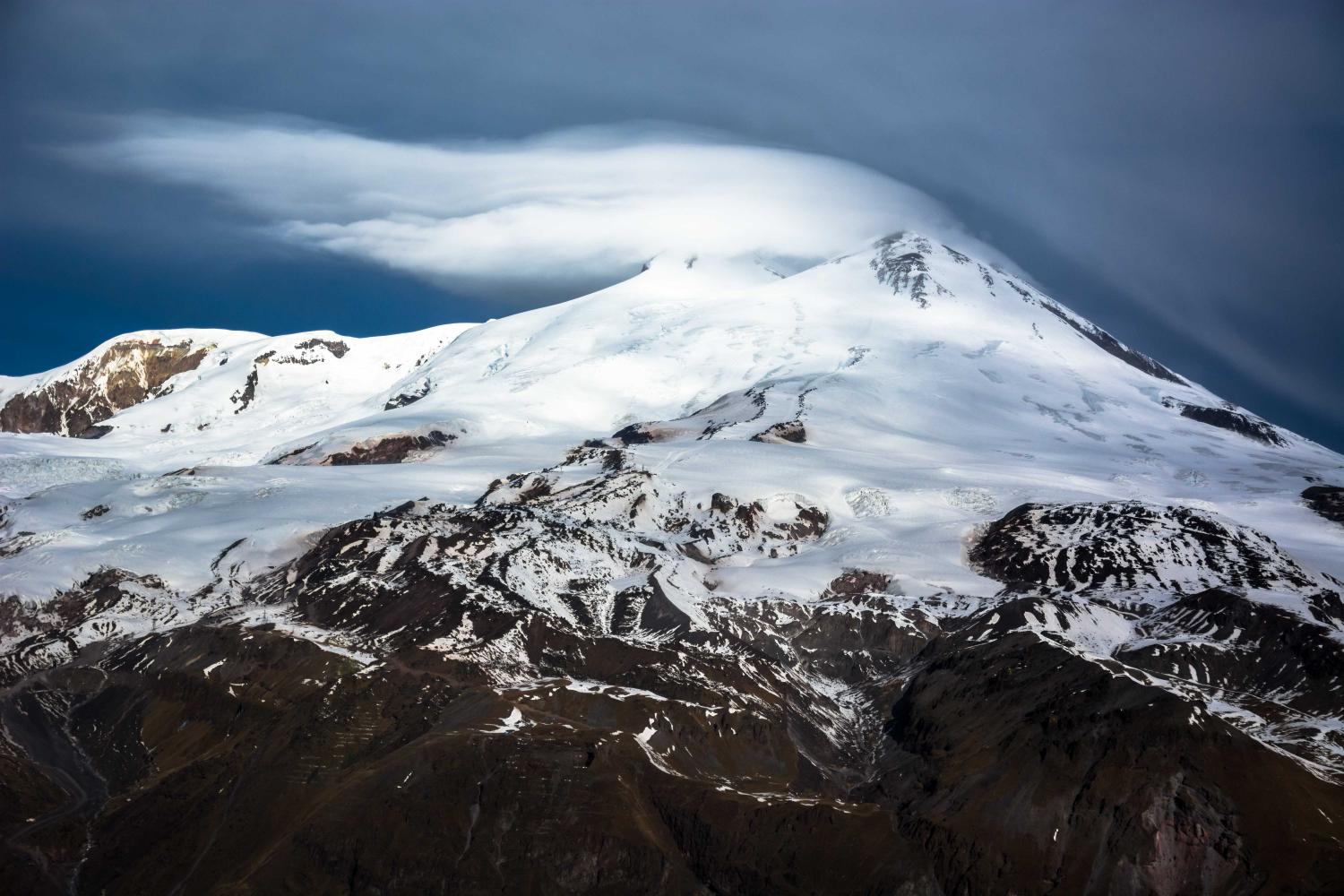Orographic influence on the windward side
(Section 2.4.2)As airflow encounters a mountain or hill, it is forced to rise; this is referred to as orographic lift. If the flow is sufficiently humid, clouds form on the windward side of mountains and are called orographic clouds (Figure 2).

Figure 2. Orographic cloud in stable conditions and high moisture windward
The type of cloud that forms depends on the air stability and moisture content. Air also rises up a slope due to daytime heating so both orographic and thermal lifting often work together to produce tall, vertically developed Cumulus clouds (Figure 3). Therefore, hilly areas are often cloudier than nearby lower land.

Figure 3. Orographic cloud in unstable conditions and high moisture windward
Existing clouds arriving over mountainous or hilly areas, situated at heights comparable with that of the obstacle, may change in shape and structure as a result of the topography. The clouds become denser, the size and concentration of water droplets or ice particles increase and frequently develop greater vertical extent. These clouds may crown the ridge. Precipitation may start or increase in intensity. Quite often, heavy orographic precipitation occurs on the upwind side of the barrier, particularly for barriers located near the sea. This process, referred to as orographic enhancement of precipitation, requires specific synoptic conditions not related to topography.
Clouds thin out and dissipate on the leeward side, where the relief causes descending motion and the precipitation is notably less (rain shadow). In the case of an isolated mountain, orographic clouds often have the form of a collar, surrounding the mountain or that of a cap covering the peak (Figure 4), both of which are fairly symmetrical. These clouds give little or no precipitation. In the case of a mountain barrier, observed from the leeward side, cap clouds indicate likely wave activity downstream. Sometimes, the clouds resemble a bank or wall that follows mountain contours. It is important to remember that their absence does not mean that waves are absent. Under drier conditions, waves may be present without cap clouds.

Figure 4. Orographic cloud in stable conditions and low moisture windward
When the wind is strong, the orographic clouds formed near the summit may be observed streaming away from the mountain on the leeward side. This is a banner cloud and should not be confused with snow blown from the crest or peak.





